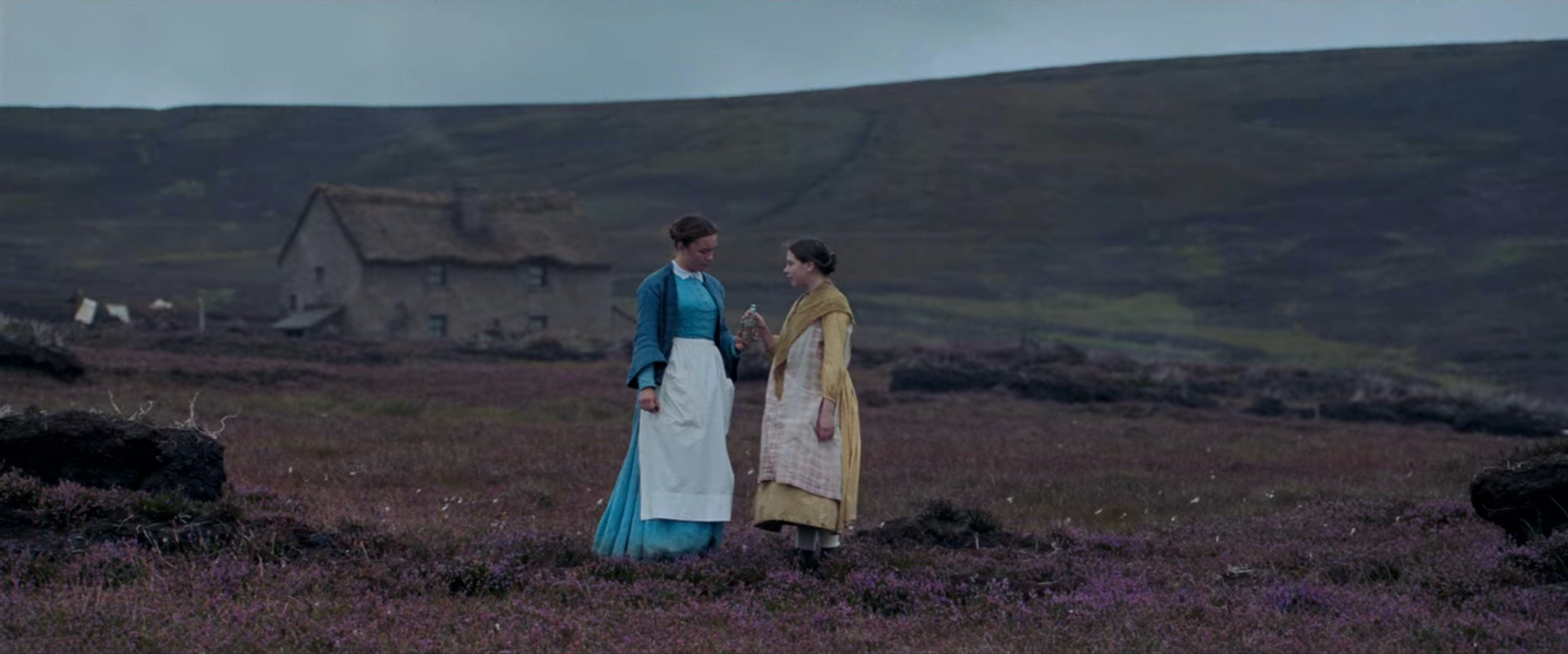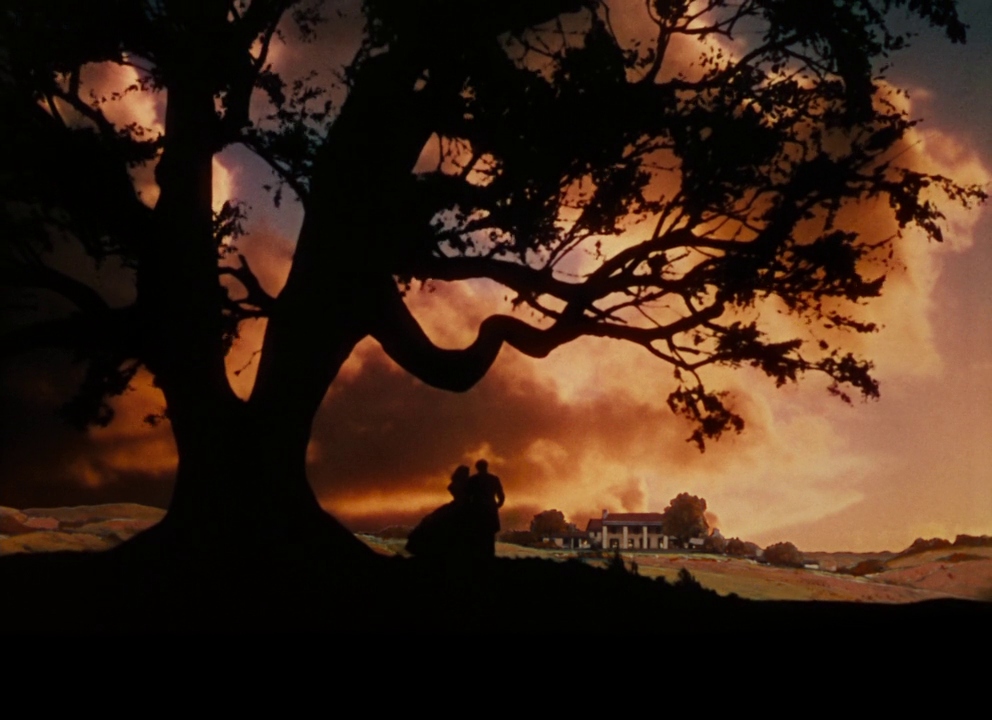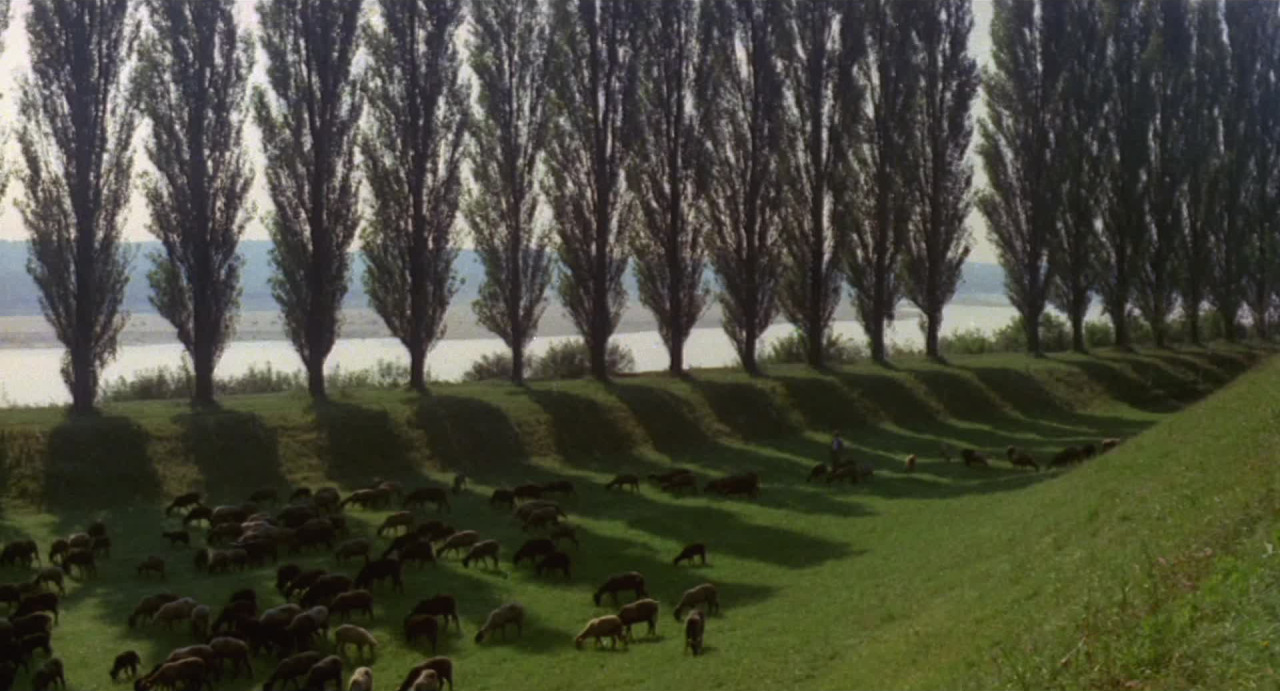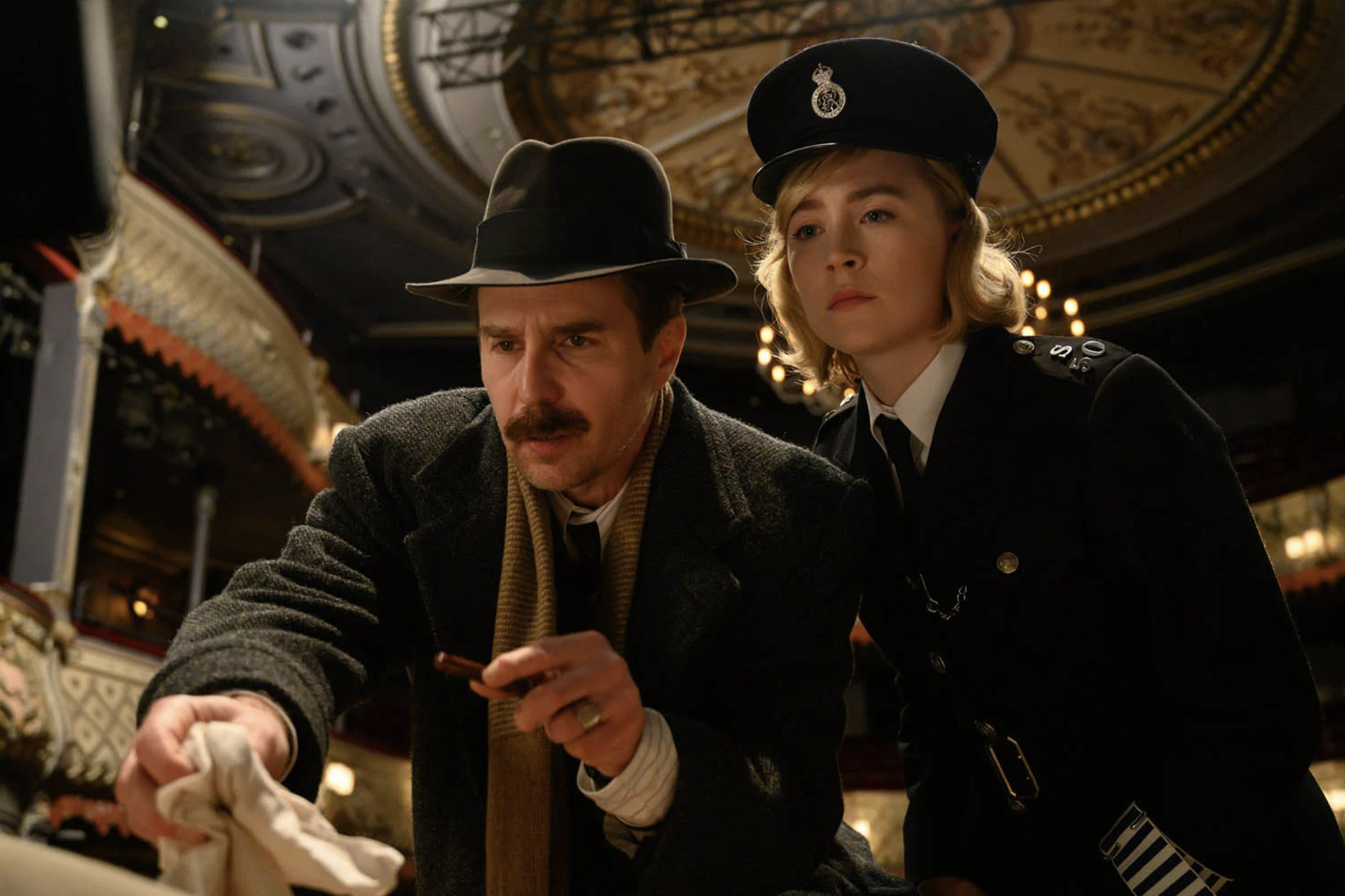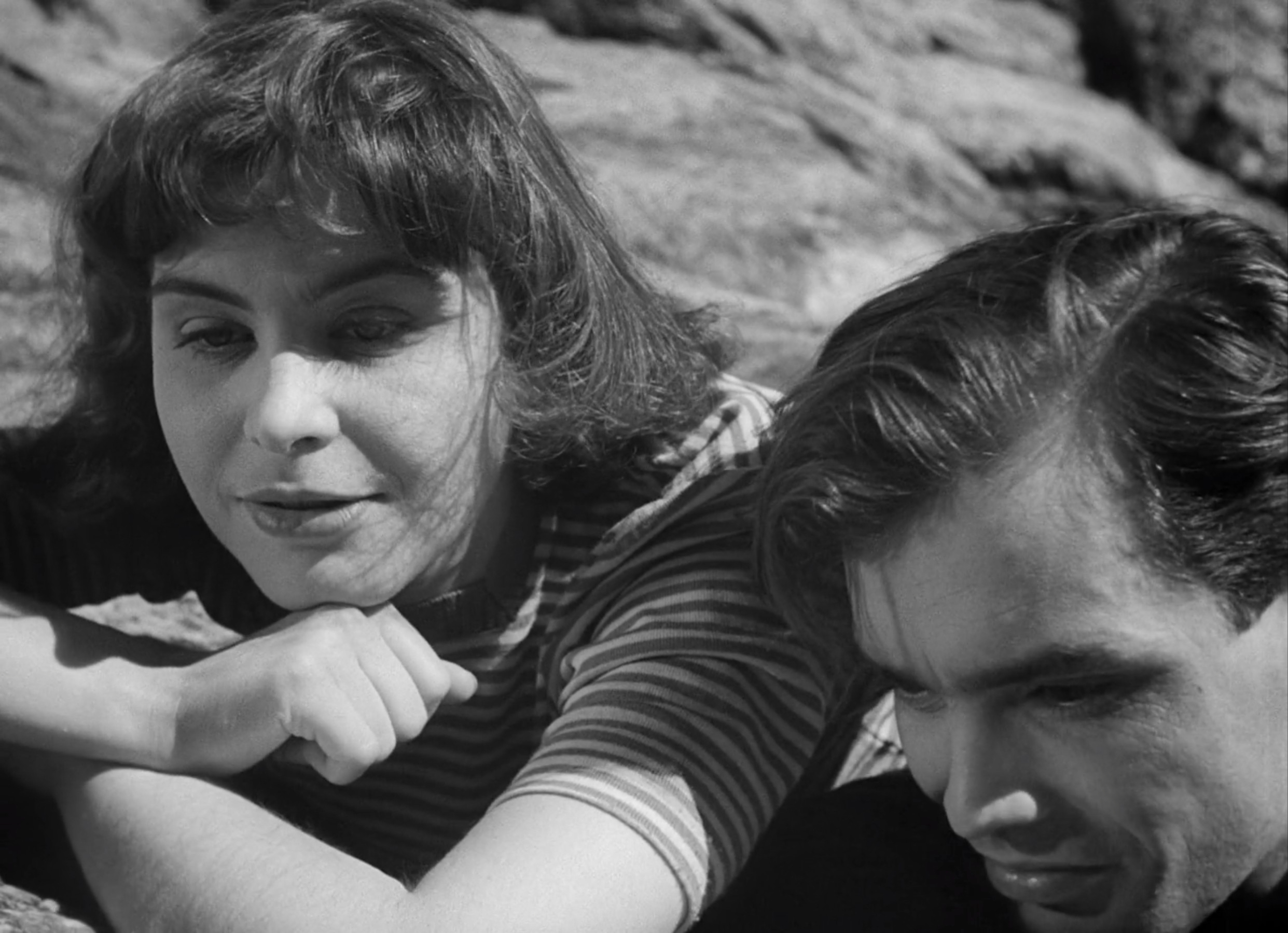Ludwig (1973)
Within the opulent palaces of 19th century Bavaria, Luchino Visconti’s operatic staging exquisitely details King Ludwig II’s decadent dreams and gradual deterioration, seeking to understand the legacy of this historical empire through the strange mix of sexual insecurities, mental illnesses, and artistic obsessions which roil around in his lonely, troubled mind.



